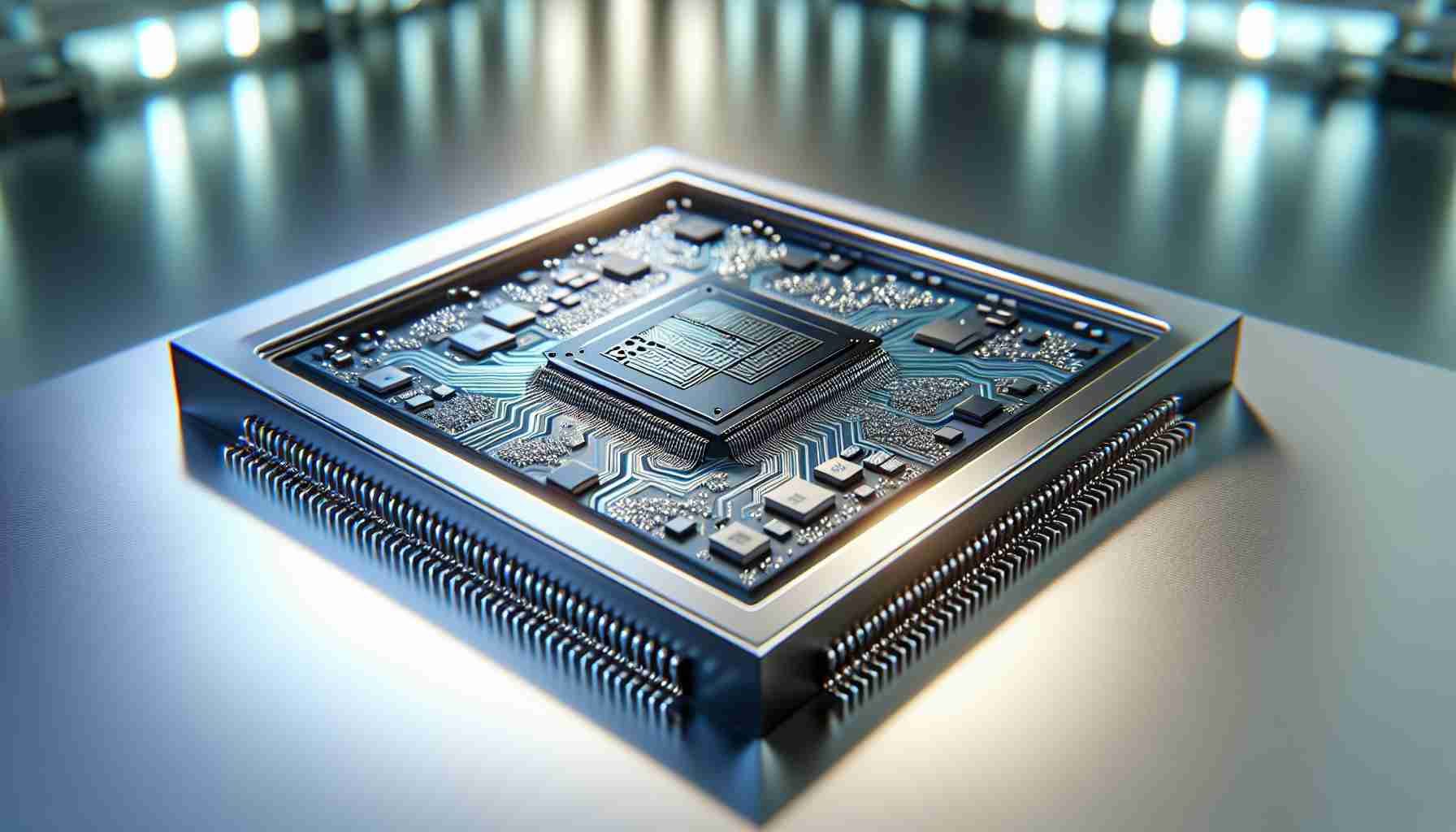Samsung has launched a cutting-edge 3nm mobile system-on-chip with groundbreaking circular gate transistors. The chip’s design was facilitated through the adoption of Synopsys’ EDA tools, which are driven by artificial intelligence.
This week’s announcement from both firms highlighted the pivotal role that Synopsys’ AI-powered software suite has played in enhancing the chip design process. Machine learning algorithms shouldered the meticulous tasks traditionally assigned to engineers, from architectural planning to physical realization and verification.
The three main AI-driven tools from Synopsys.ai that were vital in this advancement are DSO.ai for chip design, VSO.ai for functional verification, and TSO.ai for semiconductor testing. They process massive data sets via deep learning models to automate and expedite the notoriously labor-intensive phases of chip development.
The result is Samsung’s pioneering mobile processor, in which AI steers everything—from component layout and routing to synchronization and performance optimization. Synopsys asserts that its Fusion Compiler software alone saved Samsung engineers weeks of intensive manual labor.
With AI-optimized features like design splitting and multi-source synchronization, Samsung’s 3nm processor boasts a 300 MHz peak frequency increase and a 10% dynamic power consumption reduction. This marks the company’s advanced foray into the 3nm GAAFET (gate-all-around FET) manufacturing technology, particularly after the initial launch of the industry’s first GAAFET process almost two years ago and its selective use in simpler cryptocurrency mining processors.
With Synopsys’ support, Samsung is now making strides into the high-performance GAAFET chips market for premium mobile devices. AI-driven design processes could accelerate the rollout of GAAFET variants for future Exynos processors within Samsung’s flagship Galaxy smartphones and tablets.
Shankar Krishnamurthy, General Manager of the EDA group at Synopsys, spoke about the constant demand for advanced PPA and energy efficiency in mobile chips, pointing to the necessity for high-performance EDA optimizations across the stack.
As of now, specifics of the exact 3nm technology used in this AI-architected mobile chip remain under wraps, with speculation pointing towards Samsung’s more advanced second-generation SF3 process rather than the earlier SF3E.
The announcement of Samsung’s new AI-designed mobile chip using 3nm technology signals a significant milestone in the semiconductor industry, as it could potentially herald a new era in chip design and performance.
Here are some key questions and answers related to the topic:
What is the significance of 3nm technology in chip manufacturing?
The 3nm (nanometer) technology refers to the size of transistors on the chip. Smaller transistors mean more transistors can fit on a chip, potentially increasing its performance and energy efficiency. The 3nm GAAFET (gate-all-around FET) design allows for even better control of the transistor channel, improving performance and reducing leakage currents.
What are the challenges associated with 3nm technology?
One of the significant challenges of advancing to smaller transistor sizes, like 3nm, is the increased complexity in manufacturing. It requires advanced and expensive equipment, precision in fabrication, and can have higher development costs. Moreover, as transistors shrink, issues like electron leakage and quantum effects become more prominent, requiring innovative design and material solutions.
What could be the implications of AI in chip design?
AI application in chip design could drastically reduce the time and effort required for chip development by automating complex tasks. This can lead to faster time-to-market for new technologies and may also make it possible to explore design optimizations that are beyond human capabilities to compute or conceptualize.
Are there controversies associated with AI-designed chips?
While there may be concerns about job displacement as AI takes on roles traditionally filled by engineers, the current focus is on AI serving as a tool to augment human capabilities, not replace them. Moreover, reliance on AI could raise questions about the transparent understanding of design decisions and potential errors that AI systems might introduce.
Advantages of Samsung’s AI-designed 3nm mobile chip:
Disadvantages of Samsung’s AI-designed 3nm mobile chip:
Related to the advancements in the semiconductor domain, you may want to explore the websites of Samsung for their latest updates on semiconductor technologies or visit the Synopsys homepage to learn more about their electronic design automation (EDA) tools and AI-driven software suite.
These links will enhance the holistic understanding of the current developments and future implications of AI-designed chips in the context of the semiconductor industry.

